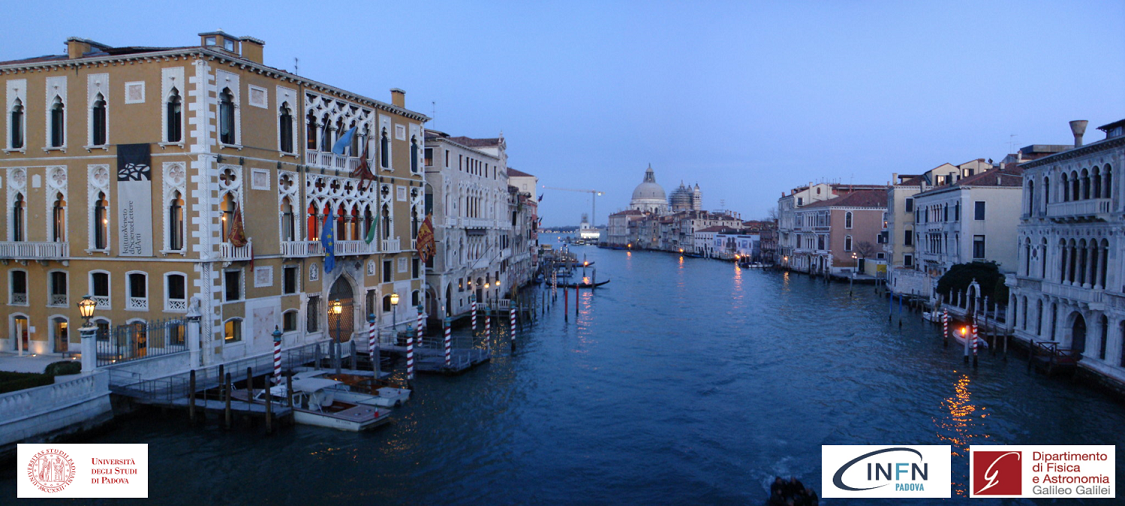Speaker
Description
The GERmanium Detector Array (GERDA) experiment at the Laboratori Nazionali del Gran Sasso (LNGS, Italy) searched for the lepton-number-violating neutrinoless double-beta ($0\nu\beta\beta$) decay of $^{76}$Ge. The potential discovery of such phenomenon would have significant implications in cosmology and particle physics, helping unrevealing the Majorana nature of neutrinos.
The main feature of the GERDA experimental design consisted in operating an array of bare germanium diodes enriched in $^{76}$Ge in an active liquid argon shield. Started in December 2015, Phase II physics run reached an unprecedentedly low background index of $5.2\times10^{-4}$ counts/(keV kg yr) in the signal region, collecting an exposure of 103.7 kg yr while being in a background-free regime. When combined with the result of Phase I, no signal was observed after 127.2 kg yr of total exposure. A lower bound on the half-life of $0\nu\beta\beta$ decay in $^{76}$Ge was set at $T_{1/2}>1.8 \times10^{26}$ yr (90% C.L.), which coincides with the median expectation under the no signal hypothesis.
Additionally, the ultra-low background environment of GERDA motivated the search for other Beyond the Standard Model (BSM) processes. BSM searches included probing the emission of light exotic fermions or Majorons, Lorentz violation effects, bosonic keV-scale dark matter interactions, and baryon number violating single- and multi-nucleon decays.
This contribution will review the GERDA experiment design employed to reach the final $0\nu\beta\beta$ result, together with the rich program of BSM physics searches beyond the $0\nu\beta\beta$ decay.

